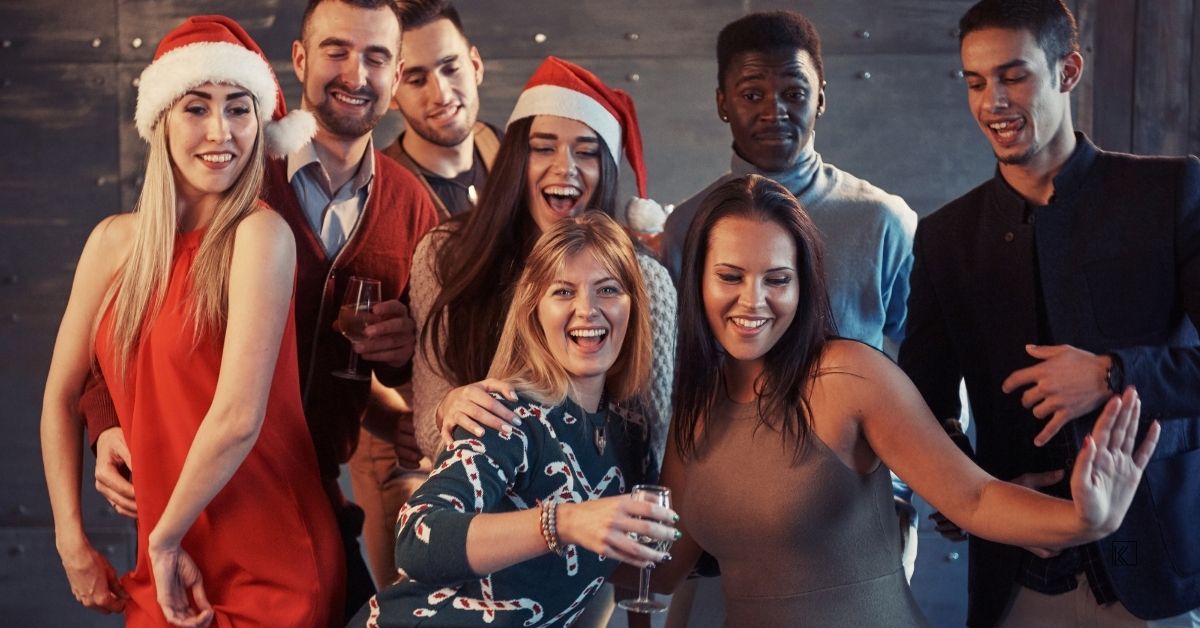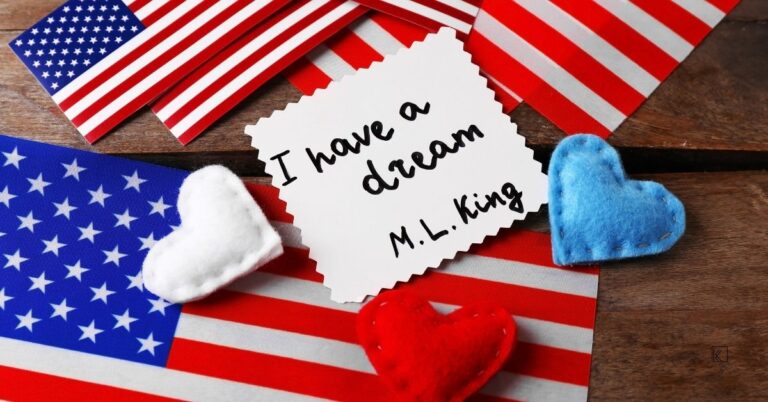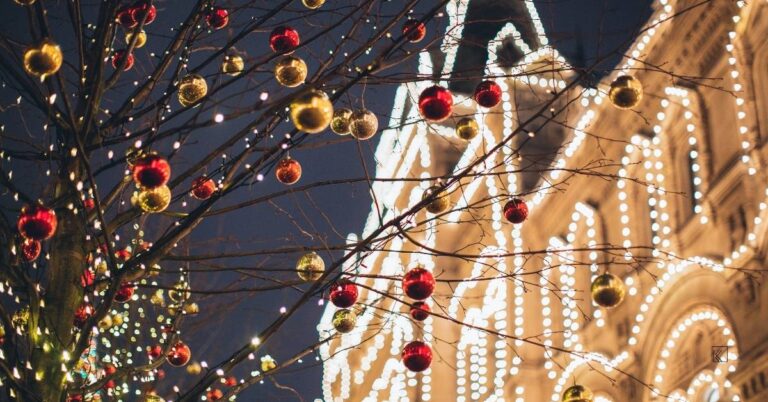Typical festive Halloween activities include trick-or-treating (“trunk or treating”), attending costume parties, decorating, carving pumpkins into jack-o’-lanterns, lighting bonfires, apple bobbing, visiting haunted attractions, telling scary stories, and watching horror films. The word “Halloween” means “hallowed evening” or “holy evening.”
Many communities have a traditional Halloween costume parade followed by a party in a park, library, or another mutually convenient location for everyone. Trick-or-treating is a customary celebration for children on Halloween. Children go in costume from house to house, asking for treats such as candy or sometimes money, with the question, “Trick or treat?” The word “trick” refers to a “threat” to perform mischief on the homeowners or their property if no treat is given, such as toilet papering or egging the home.
“Trick-or-Treat for UNICEF” is a fundraising program to support UNICEF, a United Nations program that provides humanitarian aid to children in developing countries. The program involves the distribution of small boxes by schools to trick-or-treaters, in which they can solicit small-change donations from the houses they visit. It is estimated that children have collected more than $118 million for UNICEF since its inception. I remember when I was younger, going trick-or-treating with an orange box to collect for UNICEF.
Many schools also have a Halloween parade in which the students and even teachers get dressed in costumes, and prizes are awarded for the best costumes, etc. This is generally followed by a party in the individual classrooms. Families and adults go all out to decorate their homes for the holiday. Some are tastefully decorated, while others are so ostentatious due to the amount of decorations they put out, encompassing every available space on their property and often not being appealing at all. Many adults also participate in parties and events geared toward them, with costumes that are more imaginative than even the children’s.
Halloween Games and Activities
There are several games traditionally associated with Halloween parties. One common game is dunking or apple bobbing, where apples float in a tub or a large basin of water, and participants must use their teeth to remove an apple from the basin. A common custom includes picking and purchasing pumpkins from pumpkin patches, going on hayrides, winding through corn mazes, making scarecrows, and more.
At one time, candy apples were commonly given to children, but the practice rapidly waned due to widespread rumors that some individuals were embedding items like pins and razor blades in apples in the United States. The telling of ghost stories and viewing of horror films are common fixtures of Halloween parties.
Haunted attractions are entertainment venues designed to thrill and scare patrons. Most attractions are seasonal Halloween businesses. The origins of these paid scare venues are difficult to pinpoint, but it is generally accepted that they were first commonly used for fundraising. They include haunted houses, corn mazes, and hayrides, with the level of sophistication of the effects rising as the industry has grown. Haunted attractions in the United States alone bring in an estimated $300–500 million each year and draw some 400,000 customers.
Planning a Spooky Halloween Party
When planning a spooky and scary-themed party, it is best to start a few months in advance and be very creative and imaginative. Some effective ideas include having a large cauldron filled with frozen grapes (for eyeballs), another large container with cooked pasta or something similar (representing guts and brains), and a coffin with an actual person dressed in a costume that rises and scares visitors. Even homemade decorations can be more effective than store-bought items like black cats, headstones, and the like.
Many times, when my brother and I were younger, our mother loved to sew and make our costumes. Sometimes, we were matching scarecrows, ghosts, clowns, etc., but we also had a say in what our costumes would be. I remember going as Mary Poppins, Charlie Brown, a ballet dancer, and even Casper the Friendly Ghost. A few years ago, I was invited to a special showing at the John F. Kennedy Center in Washington, DC, of the original Nosferatu, and everyone attending was to come in costume. I rented a geisha girl costume for the evening and remembered how much fun it was, even as an adult, to get dressed up and attend such an event.
Thanksgiving Traditions in America
Thanksgiving traditions in America have varied from region to region. A traditional New England Thanksgiving, for example, consisted of a raffle held on Thanksgiving eve (with prizes mainly being geese or turkeys), a shooting match on Thanksgiving morning (with turkeys and chickens used as targets), church services, and then the traditional feast, which included familiar Thanksgiving staples such as turkey and pumpkin pie, as well as some less familiar dishes like pigeon mincemeat pie.
One thing long associated with Thanksgiving is Macy’s Thanksgiving Day Parade in New York City. The parade starts at Central Park West (near the American Museum of Natural History) and ends at Macy’s flagship store in Herald Square. It is televised by NBC. The parade features floats and falloons (a combination of balloon and float) with specific themes, scenes from Broadway plays, large balloons of cartoon characters and TV personalities, and high school or college marching bands. The float that traditionally ends Macy’s Parade is the Santa Claus float, which heralds the arrival of what has become known as the beginning of the Christmas season.
There were many years that I remember my family going into the city to watch the parade live. I remember being in awe of the balloons as well as the floats. Even when I lived in Manhattan years later, on Thanksgiving morning, I always got a good spot at 34th Street and Herald Square to watch the parade and take excellent pictures. To this day, I still love watching it on TV (or, if I am unable to watch it, I tape it to watch later on). All the balloons are blown up the day before the parade, an event not to be missed by young and old. I also remember that when I was 10 years old, my family took a trip to Colonial Williamsburg, had Thanksgiving Dinner at the Williamsburg Inn, and spent time exploring the Colonial Capital.
Traditional Thanksgiving Foods and Charity
In the United States, certain kinds of food are traditionally served at Thanksgiving meals. Baked or roasted turkey is usually the featured item on any Thanksgiving feast table, so much so that Thanksgiving is sometimes referred to as “Turkey Day.” Stuffing, mashed potatoes with gravy, sweet potatoes, cranberry sauce, sweet corn, various fall vegetables (mainly various kinds of squashes), and pumpkin pie are commonly associated with Thanksgiving dinner.
The poor are often provided with food at Thanksgiving time. Most communities have annual food drives that collect non-perishable packaged and canned foods, and corporations sponsor charitable distributions of staple foods and Thanksgiving dinners.
However, many people do not celebrate Halloween or Thanksgiving for religious reasons. Instead, they may have fall harvest festivals with many similar traditions to both Halloween and Thanksgiving or incorporate elements they feel are appropriate.
Christmas Celebrations and Traditions
Nativity scenes are known from 10th-century Rome. They were popularized by Saint Francis of Assisi in 1223, quickly spreading across Europe. Different types of decorations developed across the Christian world, dependent on local tradition and available resources.
The first commercially produced decorations appeared in Germany in the 1860s, inspired by paper chains made by children. In countries where a representation of the Nativity Scene is very popular, people are encouraged to compete and create the most original or realistic ones. Within some families, the pieces used to make the representation are considered valuable family heirlooms and are placed in spots of honor.
Christmas Celebrations and Decorations
We have parades, carolers going from home to home, and elaborate holiday feasts to aid in the celebration of this holiday. The right favors given to the guests shall allow them to remember the celebration always. Never underestimate the power of a clear glass bowl; fill it with flowers, glass marbles, seashells, candy, or chips. Or even make it a dish garden centerpiece or decorate it with holiday ornaments. The proper favors given to the guests will allow them to remember that day for years to come. But parties need not be so elaborate. Sometimes, simple yet elegantly stated is best. It all depends on what effect the host is striving for.
There are a variety of activities that one could have at a Christmas party, such as singing carols, playing dominoes, or Christmas bingo. Even a game based on the telephone theme—where you have a sentence that you whisper in the person next to your ear, then they pass it along until the end, and the last person repeats what they heard out loud to see if it resembles how it started—is always fun. Even having a holiday get-together to make treats for the holidays and decorations is an enjoyable time for the guests, as is putting together baskets for those in need with special gifts to let them know they have not been forgotten.
Home Decorations and Party Planning
I’ve even seen homes that are decorated for the holidays. Some were simply and tastefully decorated, and if there were awards for home decorations, they sure would be in the running. Others were so tactful and tasteless that it made the viewer wonder what they were doing when they decorated the home.
All holiday parties or get-togethers are unique in themselves, from the decorations and favors for the guests to who is invited and the food that is served. The menu all depends on the type of party planned and who is to be invited, and then the menu for food and activities will follow.
Whether celebrating Halloween, Thanksgiving, or Christmas, these holidays bring people together through various traditions and activities. From decorating homes and exchanging presents to enjoying festive meals and participating in community events, each holiday offers unique ways to create lasting memories with family and friends.





